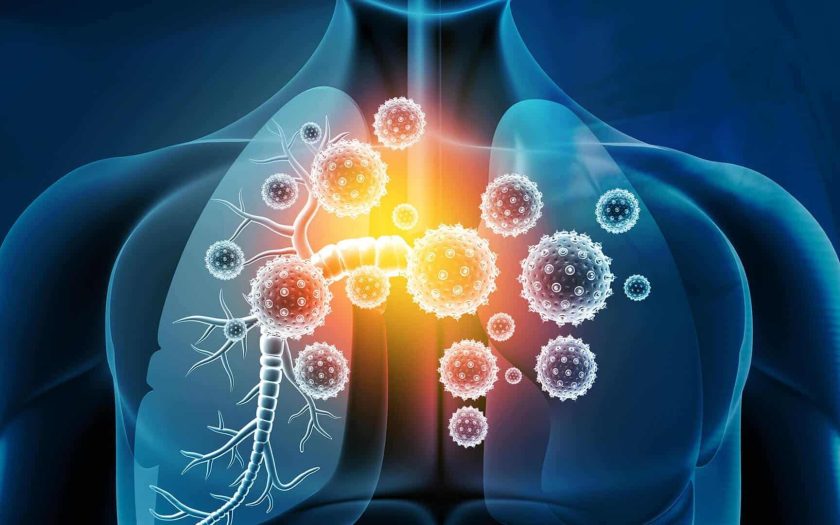Very often, all symptoms are activated in the morning or evening, causing a suffocating cough and hindering normal daily life. This is significantly exacerbated by viral or infectious diseases.
At the initial stage, the patient experiences shortness of breath, mild dizziness, and difficulty in speaking clearly. Later, he may lose balance and the ability to speak. This is followed by experience of agitation and rapid heartbeat. An asthma attack is the most dangerous and complex stage, leading to suffocation and sometimes fatal outcomes. Therefore, immediate assistance during bronchial asthma is crucial. How to help someone during an attack:
- The first step of urgent care is to ensure complete calm and bring the person to consciousness.
- Loosen is tight clothing to allow the thorax to work fully.
- Provide free access to fresh air.
- Then, if necessary, give proper medication (Alupent-10) and the person’s personal inhaler (Ventorlin Inhaler (Salbutamol)), which he should have with him.
- Administer the medication from the inhaler several times to achieve the fastest possible effect.
- Allow the person to comfortably sit in a chair, calmly placing their hands on the armrests.
- After stabilizing their overall condition, immediately call emergency services.
All diagnostic methods rely on secretion, bronchial capabilities, and lung function. Any suspicion of such illness should be accompanied by examination by a specialist who makes a diagnosis, develops a treatment plan, and selects optimal recommendations for preventive and precautionary measures.
For clear diagnosis, excluding the possibility of similar conditions, a thorough examination of symptoms, clinical analyses, and allergy tests should be conducted, which can indicate risky medications and treatment methods. Necessary laboratory tests:
- Complete blood count.
- Biochemical blood analysis.
- Analytical examination to detect antibodies to specific allergens.
- Detailed urinalysis.
- Examination of fecal masses for the presence of helminths.
- Computer tomography.
- Examination of sputum for eosinophil levels.
- Chest X-ray to exclude accompanying infections.
Comprehensive diagnostics is conducted in conjunction with examining indicators such as:
- Study of attack progression, considering age indicators, frequency of occurrences, intensity and strength of coughing, and the direct impact of medical preparations on the body.
- Comprehensive lung examination, percussion, and auscultation.
- Measurement of inhalation and exhalation air volumes.
- Measurement of peak inspiratory and expiratory flow rates.
Only after studying the complete clinical picture can a doctor prescribe effective medication treatment and select optimal inhalers for bronchial asthma. In some psychological aspects, consultation with a psychotherapist may be necessary to alleviate fears and panic during attacks.

